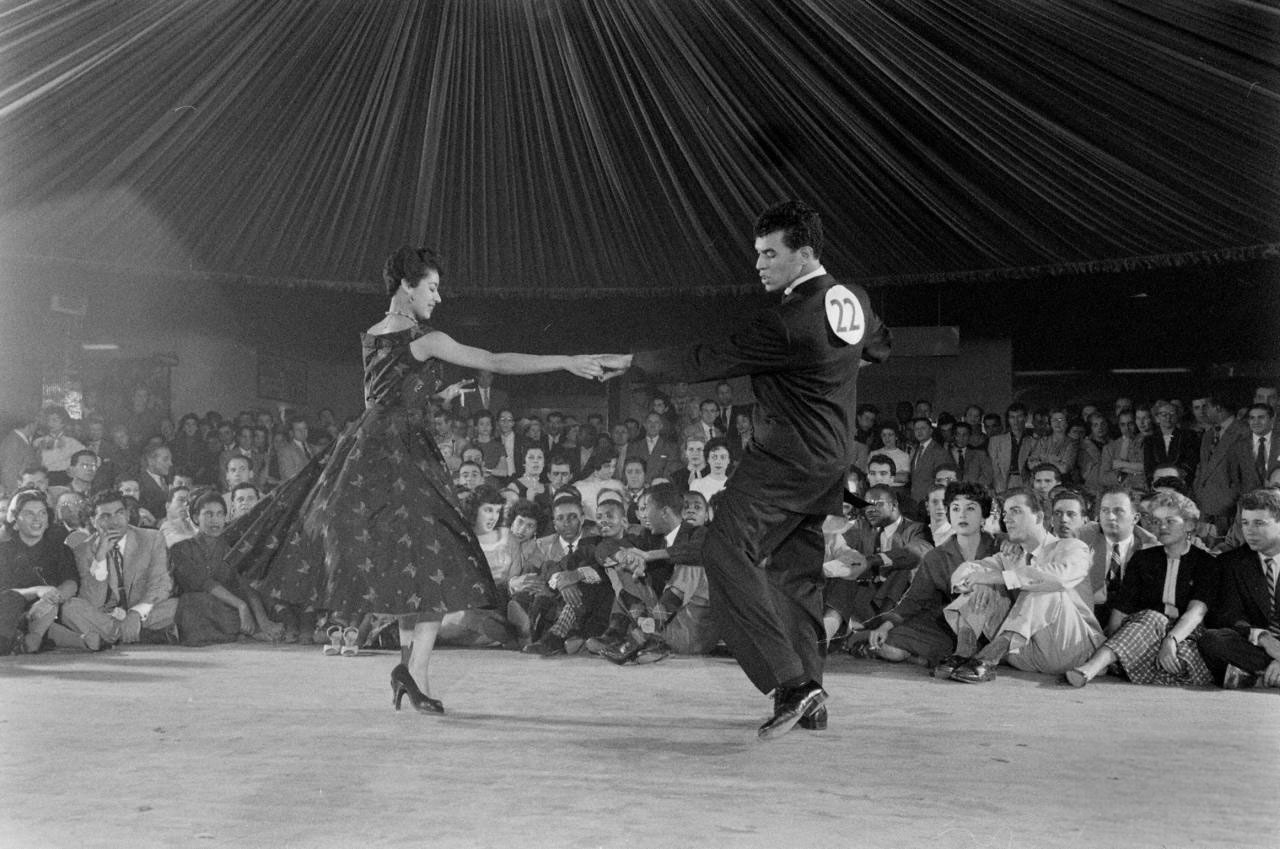Examine This Report on Dance San Francisco
Wiki Article
Some Of Dance San Francisco
Table of ContentsThe 5-Minute Rule for Dance San FranciscoThe Greatest Guide To Dance San FranciscoThe Main Principles Of Dance San Francisco Some Ideas on Dance San Francisco You Should KnowWhat Does Dance San Francisco Mean?The Greatest Guide To Dance San FranciscoWhat Does Dance San Francisco Mean?
The significant distinction that differentiates the Miami-style from other North American designs is the "Atras" or "Diagonal", back damaging steps performed in reverse diagonally rather than relocating forwards and backwards as seen in the New york city style. Dancers do not change their body weight substantially as seen in other designs. bay area salsa dancing. Instead, professional dancers keep their top body still, poised and loosened up, concentrating on foot motionA significant difference between Cali Design and Miami-style is the last is solely danced on the downbeat (On1) and has aspects of shines and show-style included to it, adhering to arsenals of North American styles. Miami-style has lots of adherents, especially Cuban-Americans and various other Latinos based in South Florida.
Several of the relocations include swiftly swapping partners. "Rueda de Cuba" is original type of Rueda, stemming from Cuba. It is not as official as Rueda de Miami and is composed of regarding 30 phone calls. [] It was ordered in the 1970s. [] "Rueda de Miami" come from in the 1980s from Miami, is a formal style with lots of rules based on a mix, and is a hybridization of Rueda de Cuba & North American dance styles, with some routines showing American culture (e.
More About Dance San Francisco
Coca-Cola, Dedo, Adios) which is not found in the typical Cuban-style Rueda - bay area salsa dancing. Cali-Style Salsa, also called Colombian Salsa and Salsa Calea, is based around the Colombian City of Cali. Cali is additionally referred to as the "Resources de la Salsa" (Salsa's Resources); as a result of salsa songs being the primary genre in parties, bars and events in the 21st century.The elements of Cali-Style Salsa were highly influenced by dancings to Caribbean rhythms which preceded salsa, such as Pachanga and Boogaloo. Cali has the greatest number of salsa colleges and salsa teams worldwide. A number of the competitions are kept in Colombia. The main attribute is the maneuvering which has quick rapid steps and avoiding motions called "repique".
Dance San Francisco Things To Know Before You Buy
They consist of various acrobats such as partnered flips to delight with these jaw dropping stunts. Their footwork is detailed and precise, helping a number of Colombian Design dancers win significant globe championships. Cali hosts many annual salsa events such as the Globe Salsa Cali Celebration and the Encuentro de Melomanos y Coleccionistas.Researchers visit the website in the natural sciences studied the math of salsa dance actions. In the social scientific researches, scientists have studied salsa dancing to understand, for instance just how the Latino identity is attached to salsa dancing.
and, researchers have actually also used salsa dancing to study the ephemerality of social teams. Salsa music the songs to which salsa is danced Mambo a dance design which heavily influenced salsa dance Palladium Ballroom a New york city City location that helped popularize Latin songs and dancing throughout the 1940s and 1950s Rhumba a ballroom dancing that heavily influenced salsa World Salsa Championships a listing of global competitors for salsa dancing Cuban salsa a prominent form of salsa dancing from Cuba Boggs, Vernon (1992 ).
The Best Guide To Dance San Francisco
ISBN 0-313-28468-7. OCLC 24908952. Hutchinson, Sydney (2004 ). " Mambo on 2: The birth of a new type of dance in New york city City" (PDF). Centro Journal. 16: 108137. ISSN 1538-6279. " What Is Salsa (Dancing)?". 2023-03-13. Retrieved 2023-05-26. Young, Takeshi (26 June 2023). " Latin Dance". Salsa Vida. Gotten 5 October 2023. " Developing salsa".Retrieved 5 October 2023. " History of Salsa Dance". Salsa Vida. 26 June 2023. Fetched 5 October 2023. Ludovic, Kiss Mihai (2015-10-01). " Salsa Origins and Growth". Sporting activity i Societate. 15 (Unique): 120129. ISSN 1582-2168. Djebbari, Elina (2020-01-02). " Dancing salsa in Benin: Connecting the Creole Atlantic". Atlantic Studies. 17 (1 ): 110134. doi:10.
Salsa Vida. Movers and Shakers Salsa & Bachata Dance Academy. Spinning Mambo Into Salsa.
Recovered 2019-06-26. Waxer, Lise Aerinne (2002 ). The city of music memory: salsa, document grooves, and preferred society in Cali, Colombia. Music/culture. Middletown, Conn: Wesleyan University Press. ISBN 978-0-8195-6441-2. " Colombian Style Salsa". Salsa Vida SF. Fetched 27 July 2020. von Renesse, Christine; Ecke, Volker (2011-03-01). " Mathematics and Salsa dance". Journal of Mathematics and the Arts.

Dance San Francisco - The Facts
9 (2 ): 113125. doi:10. 1002/cb. 308. Holmqvist, Jonas; Diaz Ruiz, Carlos; Pealoza, Lisa (2020-08-01). " Moments of luxury: Hedonic escapism as a deluxe experience". Journal of Service Research Study. 116: 503513. doi:. ISSN 0148-2963. S2CID 211427257. Diaz Ruiz, Carlos A.; Penaloza, Lisa; Holmqvist, Jonas (2020-01-01). " Assembling people: An assemblage assuming technique to the dynamics of ephemerality within consumer tribes".
Something went wrong. Wait a minute and try once more Try again.
The 9-Minute Rule for Dance San Francisco
We're discussing the dance, not the tasty South American spice. The beginnings of words "Salsa" as the name of a dancing has given argument for decades. One of the most prominent (and perhaps accepted) concept is that Cuban and Puerto Rican artists in New York coined the expression in New york city in the 1970's, to define the spicy blend of songs they were developing out of the rhythms and themes of Cuban child montuno, guaracha, chachacha, mambo and bolero.Report this wiki page